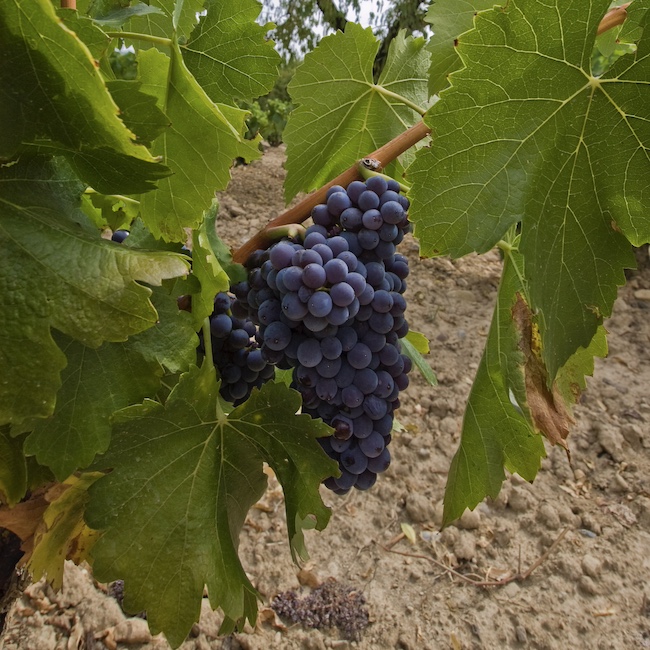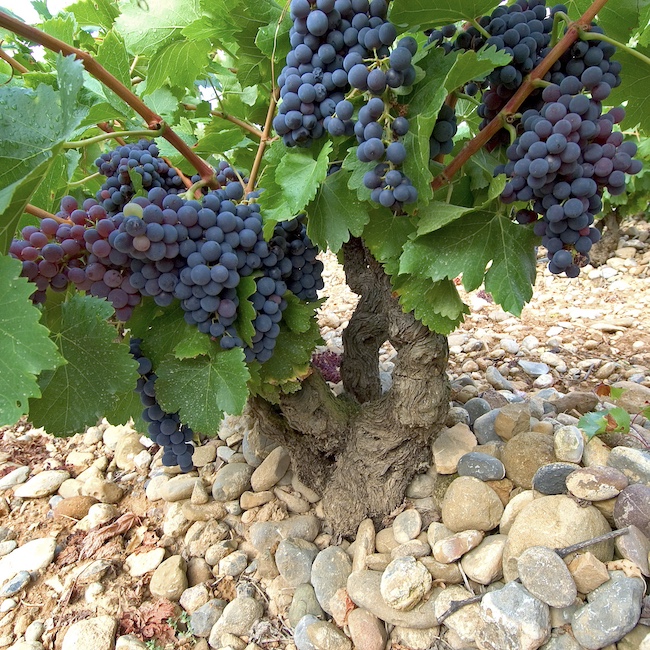by Patricia Langton
.png.transform/rendition-xs/image_image%20(1).png)
2023 was a particularly challenging year for some regions which yielded a modest harvest

by Patricia Langton
It is widely acknowledged that the extreme weather seen in recent years in Spain is most likely due to climate change. Fortunately, there are many ways to adapt to the new norm from the vineyard to the bodega, indeed some interesting innovation is taking place:
Thanks to lower humidity, there is less need for pesticides and disease management in the vineyard which is better for the environment. Organic viticulture is more viable, especially in drier regions: almost all the vineyards of Jumilla DO, home to the Monastrell variety, now have organic status and Penedès DO will be 100% organic by 2025.
Vineyards at higher altitude, even as high as 800-1000m, where grapes didn’t ripen well every vintage 20-30 years ago, now offer prime growing conditions. This is encouraging producers to source fruit from old established vineyards and replant for the future. Examples are Alto Najerilla in Rioja Alta and Alto Soria in Ribera del Duero, but there are many more.

There is renewed interest in traditional grape varieties, notably those with longer growing cycles which ripen later in the autumn. Importantly they also have good resistance to drought and bring valuable acidity and freshness to wines. Such varieties include Garnacha, Graciano, Mazuelo, Maturana Tinta, Maturana Blanca, Albillo Mayor and Malvasía. These grapes and many others are gradually appearing in more innovative wines and blends (as well as classic Rioja styles).

Viticulture can be adapted to allow vines to withstand drier conditions. This includes canopy management and row orientation as well as the selection of clones. The latter is very relevant for Tempranillo which features in so many wines and ripens earlier than some varieties.
Another move underlines the importance of Spain’s viticultural heritage in adapting to climate change. Some producers are replicating historical field blends from centenary vineyards where varieties, both red and white, have always been cultivated side by side. Some producers are working in this way blending Garnacha and Tempranillo with other minority grapes and even sometimes white grapes to obtain complex wines with good acidity.